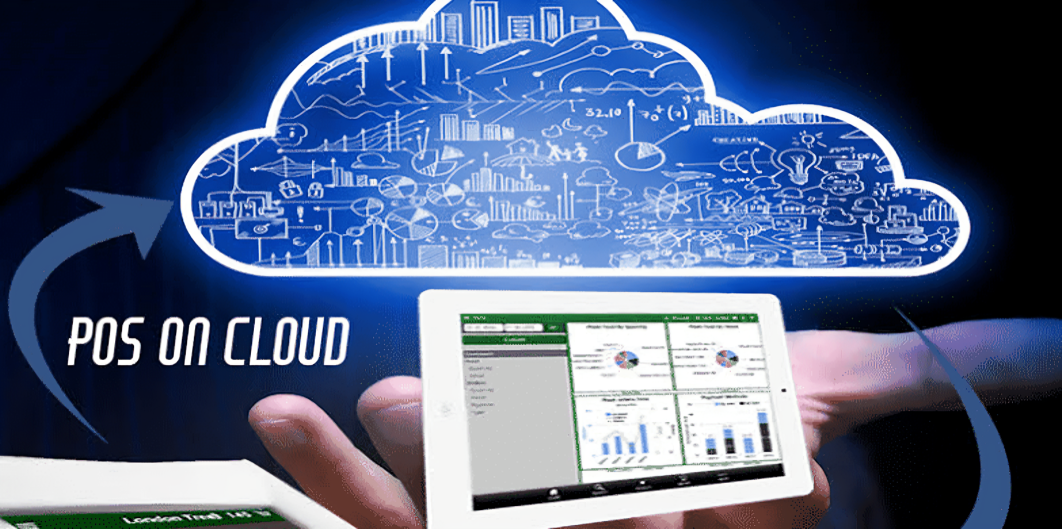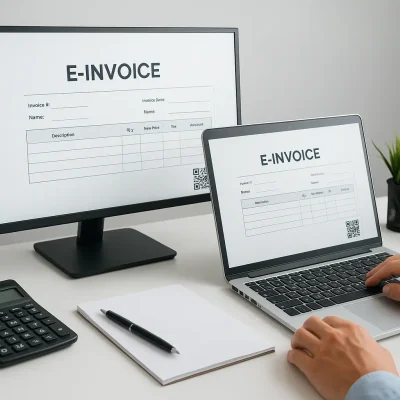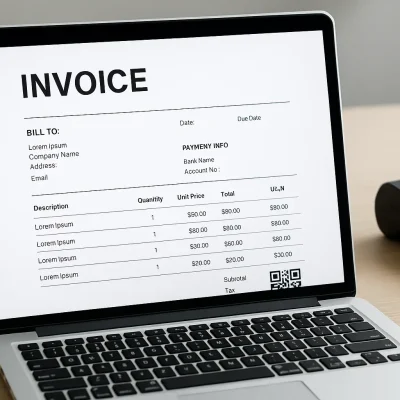If you’re running a business, you know how important it is to have a reliable and efficient point-of-sale (POS) system. But with so many options out there, choosing between cloud-based POS software and an on-premise POS system can be overwhelming. Each has its strengths, and the best choice depends on your business needs, budget, and long-term goals. Let’s break it down in simple terms to help you decide.
What is Cloud-Based POS Software?
A cloud-based POS runs on remote servers and is accessible via the internet. This means you don’t need bulky hardware or complicated installations—just log in, and you’re good to go.

Why Businesses Love Cloud-Based POS
- Access from Anywhere – Whether you’re at home, on vacation, or managing multiple locations, you can check sales, inventory, and reports from any device with an internet connection.
- No Hassle with Updates – The software provider automatically updates your system, saving you from technical headaches.
- Lower Upfront Costs – Instead of a large one-time payment, cloud-based systems usually have affordable monthly or yearly plans.
- Easy to Scale – Expanding? No problem. You can add more registers or locations without installing new software.
- Automatic Backups & Security – Your data is stored securely in the cloud, reducing the risk of losing important information.
The Downsides of Cloud-Based POS:
- Internet Dependence – If your internet goes down, so does your POS system.
- Ongoing Subscription Costs – Over time, the recurring fees can add up.
What is On-Premise POS Software?
On-premise POS software is installed directly on your business’s computers or servers. Unlike cloud-based systems, it doesn’t rely on the internet to function.
Why Some Businesses Prefer On-Premise POS:
- Works Without Internet – No Wi-Fi? No problem. Your system runs smoothly without interruptions.
- More Control & Customization – Businesses that need specific features or integrations may find on-premise software more adaptable.
- One-Time Payment – Rather than paying a subscription, you typically pay once for the software and own it outright.
Stronger Data Security – Since all data is stored on-site, you don’t have to rely on third-party security measures
The Downsides of On-Premise POS:
- High Initial Cost – The upfront investment can be significant.
- Manual Maintenance & Updates – You’re responsible for keeping the system updated and running smoothly.
- Limited Remote Access – Unlike cloud-based POS, you can’t check your data from anywhere.
So, Which One is Right for You?
The decision ultimately comes down to your business needs:
- Small or Growing Businesses: Cloud-based POS is usually the best bet because it’s cost-effective and easy to scale.
- Larger Enterprises: On-premise POS may be a better choice for companies needing full control and custom features.
- Businesses with Multiple Locations: Cloud-based POS makes managing different locations a breeze.
- Highly Security-Focused Businesses: On-premise POS ensures sensitive data stays in-house.
Final Thoughts
Both cloud-based POS software and on-premise POS systems have their pros and cons. If you value flexibility, easy access, and lower upfront costs, cloud-based POS is a fantastic option. But if you need full control, customization, and offline reliability, an on-premise POS may be the better fit.
At Eyecon Consultant, we help businesses choose and implement the best POS solutions tailored to their unique needs. Whether you’re leaning toward a cloud-based or on-premise system, we can guide you through the process and ensure a smooth transition. Get in touch with us today to find the right POS for your business!




